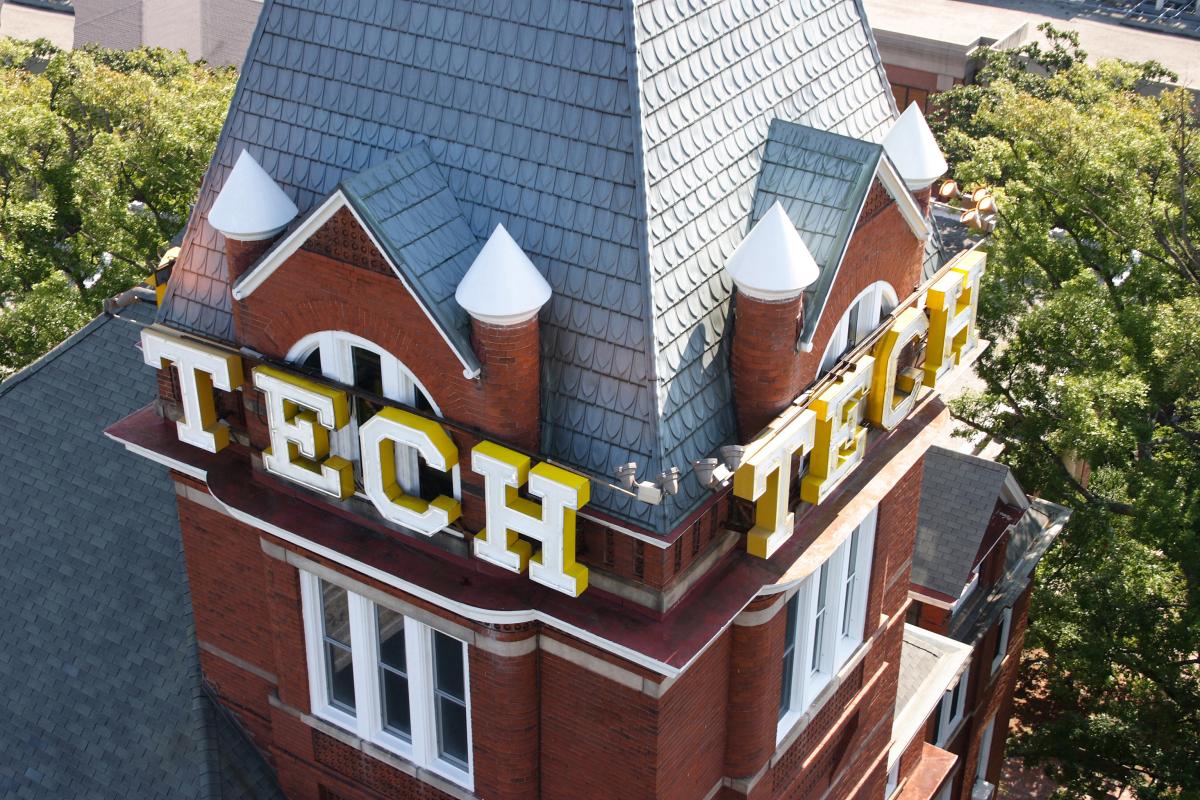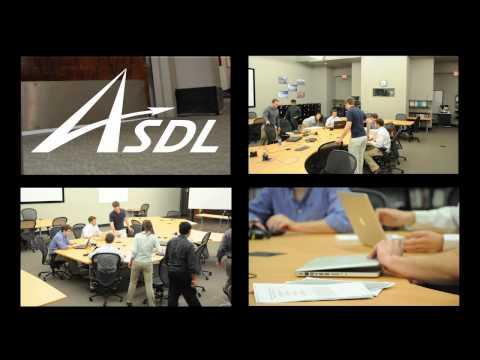
The FAA will provide the COE with $4 million a year for 10 years in order to support research and development that will launch aviation into a new world of clean energy. The team will be focusing on the NextGen environmental goals for noise, air quality, climate change and energy.
The purpose of NextGen is to enhance safety, save passengers time, and protect the environment better by reducing aircraft exhaust emissions, according to FAA Administrator Michael Huerta.
Washington State University and the Massachusetts Institute of Technology are leading the new center, and several other universities are involved as well. “The FAA continues its goal to improve National Airspace System energy efficiency by at least two percent per year, and to develop and deploy alternative jet fuels for commercial aviation, with a target of one billion gallons of alternate jet fuel in use by 2018,” said Huerta. “This Center of Excellence is a valuable tool to provide the critical data we need to reach these goals.”
The institutions involved, said U.S. Transportation Secretary Anthony Foxx, will “help us take environmentally friendly, alternative jet fuel technology to the next level. The Center of Excellence will tap talented universities to help us take environmentally friendly, alternative jet fuel technology to the next level. Airlines and their customers will both benefit from their work developing cleaner fuel that supports the environment and continued aviation growth.””
The COE program itself represents a partnership between academia, industry and government. Projects at the new COE will include scientists from all participating universities, and graduate and undergraduate students will also have opportunities to get involved.
The Aerospace Systems Design Laboratory (ASDL) at Georgia Tech has had a longstanding relationship with the FAA. Dr. Michelle Kirby, a senior research engineer at Georgia Tech and the ASDL Civil Aviation Division chief, says she is looking forward to extending it by exploring new ways to meet environmental and energy goals. “ASDL, under FAA PARTNER funding, has developed a comprehensive and robust analysis capability of estimating source noise, exhaust emissions, performance, and economic parameters for future aircraft designs under different technological, operational, policy and market scenarios to provide a more comprehensive assessment of the impacts of aviation to inform national and international decisions makers.”
For more information about the FAA Centers of Excellence program, visit the COE webpage at http://www.faa.gov/about/office_org/headquarters_offices/ang/offices/management/coe/
